‘VIP’ interneurons may drive autism traits in Dravet syndrome
The inhibitory cells misfire and contribute to social difficulties in mice that model the syndrome.

The inhibitory cells misfire and contribute to social difficulties in mice that model the syndrome.

An overabundance of ribosomes drives an imbalance of proteins produced from long and short genetic transcripts in a mouse model of fragile X syndrome.

Cross-species comparisons can help make sense of subtle genetic variants in people with autism and identify hundreds of new genes that may contribute to the condition.

A novel method to evaluate the strength of the evidence linking autism to specific genes could reveal which ones are most useful to screen for.
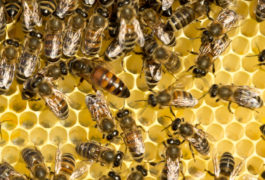
Honey bees that fail certain social tests have genetic profiles similar to those of people with autism.
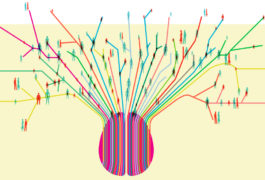
Families need more support from researchers in order for their heroic efforts to be optimally effective.
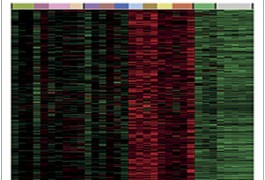
DNA sequences called enhancers — which boost the expression of genes from within or outside them — are enriched for genetic variants linked to autism, suggests a new study. The finding may help researchers understand how variants outside genes contribute to autism.
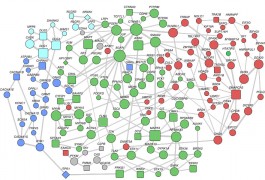
By mapping the connections between autism genes, researchers are finding clues to the disorder’s origins. The key, they say, is to begin without bias.
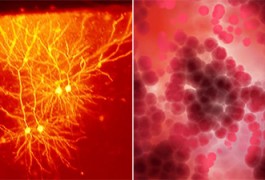
Researchers should investigate a broad spectrum of human- and animal-derived tissues to fully capture the complexity of autism, say Michael Talkowski and James Gusella.

Researchers have identified a noncoding RNA, a genetic message that is not translated into a protein, that may be involved in autism. The discovery, published 4 April in Science Translational Medicine, came from examining a region on chromosome 5 that has been previously linked to the disorder.